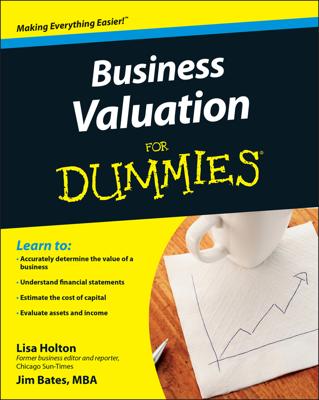The inventory valuation method you choose for your business — such as FIFO, LIFO, or Averaging — has an impact on your business’s profit margin. You can compare these methods to see what effect each method might have on the bottom line.
In this example, assume Company A bought the inventory in question at different prices on three different occasions. Beginning Inventory is valued at $500 (that’s 50 items at $10 each).
Here’s the calculation for determining the number of items sold:
Beginning Inventory + Purchases = Goods available for sale – Ending inventory = Items sold
50 + 500 = 550 – 75 = 475
Here’s what the company paid to purchase the inventory:
| Date | Quantity | Unit Price |
|---|---|---|
| April 1 | 150 | $10 |
| April 15 | 150 | $25 |
| April 30 | 200 | $30 |
Example: The Averaging method
Here’s an example of how you calculate the Cost of Goods Sold using the Averaging method:
| Beginning Inventory | 50 | $500 |
| Purchases | 150 @ $10 | $1,500 |
| 150 @ $25 | $3,750 | |
| 200 @ $30 | $6,000 | |
| Total Inventory | 550 | $11,750 |
| Average Inventory Cost | $11,750 ÷ 550 = $21.36 | |
| Cost of Goods Sold | 475 × $21.36 = $10,146 | |
| Ending Inventory | 75 @ $21.36 = $1,602 |
Remember, the Cost of Goods Sold number appears on the income statement and is subtracted from Sales. The Ending Inventory number shows up as an asset on the balance sheet. This is true for all three inventory valuation methods.
Example: The FIFO method
Here’s an example of how you calculate the Cost of Goods Sold using the FIFO method. With this method, you assume that the first items received are the first ones sold, and because the first items received here are those in Beginning Inventory, the table starts with them:
| Beginning Inventory | 50 @ $10 | $500 |
| Next in – April 1 | 150 @ $10 | $1,500 |
| Then – April 15 | 150 @ $25 | $3,750 |
| Then – April 30 | 125 @ $30 | $3,750 |
| Cost of Goods Sold | 475 | $9,500 |
| Ending Inventory | 75 @ $30 | $2,250 |
Only 125 of the 200 units purchased on April 30 are used in the FIFO method. Because this method assumes that the first items into inventory are the first items sold (or taken out of inventory), the first items used are those on April 1. Then the April 15 items are used, and finally the remaining needed items are taken from those bought on April 30. Because 200 were bought on April 30 and only 125 were needed, 75 of the items bought on April 30 are left in ending inventory.
Example: The LIFO method
Here’s an example of how you calculate the Cost of Goods Sold using the LIFO method. With this method, you assume that the last items received are the first ones sold, and because the last items received were those purchased on April 30, the table starts with them:
| April 30 | 200 @ $30 | $6,000 |
| Next April 15 | 150 @ $25 | $3,750 |
| Then April 1 | 125 @ $10 | $1,250 |
| Cost of Goods Sold | 475 | $11,000 |
| Ending Inventory | 75 @ $10 | $750 |
Because LIFO assumes the last items to arrive are sold first, the Ending Inventory includes the 25 remaining units from the April 1 purchase plus the 50 units in Beginning Inventory.
Here’s how the use of inventory under the LIFO method impacts the company profits. Assume the items are sold to the customers for $40 per unit, which means total sales of $19,000 for the month (that’s $40 × 475 units sold). In this example, look at the Gross Profit, which is the profit from Sales before considering expenses incurred for operating the company. Gross Profit is calculated by the following equation:
Sales – Cost of Goods Sold = Gross Profit
Example: Comparing Gross Profit
The following table shows a comparison of Gross Profit for the three methods used in the example scenario.
| Income Statement Line Item | Averaging | FIFO | LIFO |
|---|---|---|---|
| Sales | $19,000 | $19,000 | $19,000 |
| Cost of Goods Sold | $10,146 | $9,500 | $11,000 |
| Gross Profit | $8,854 | $9,500 | $8,000 |
Looking at the comparisons of gross profit, you can see that inventory valuation can have a major impact on your bottom line. LIFO is likely to give you the lowest profit because the last inventory items bought are usually the most expensive. FIFO is likely to give you the highest profit because the first items bought are usually the cheapest. And the profit produced by the Averaging method is likely to fall somewhere in between the two.

